
RTP-008 features sustained immunosuppressant delivery for long-term therapeutic effects.

Editor, Ophthalmology Times

RTP-008 features sustained immunosuppressant delivery for long-term therapeutic effects.

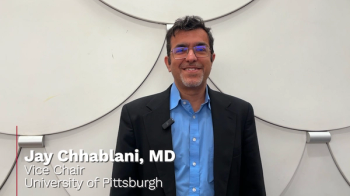
Jay Chhablani, MD, presented the phase 1/2 clinical trial data for OCU410, at the 2025 annual meeting of the American Society of Retina Specialists.

Steven D. Ness, MD, discusses his research on vitamin D's role in reducing complications after retinal surgery at ASRS 2025.
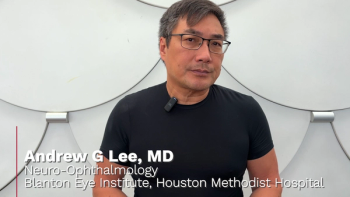
At ASRS 2025, Andrew G Lee, MD, gave key insight into the world of a neuro-ophthalmologist and why and when a retina specialist should consult a neuro-ophthalmologist


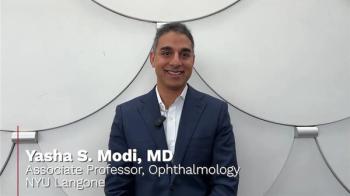
Yasha S. Modi, MD, discusses promising results from the VERONA study on EYP-1901, a potential treatment for diabetic macular edema.

The annual Best Hospitals report from US News & World Report compares more than 4500 hospitals across 15 specialties and 22 procedures and conditions.


LENZ Therapeutics previously licensed Greater China rights to CORXEL for the development and commercialization of LNZ100 in April 2022.
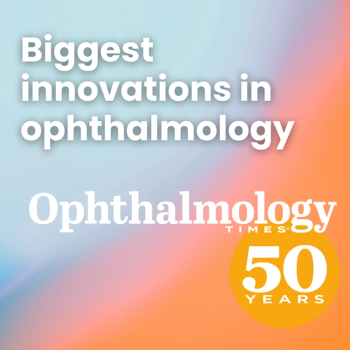
To mark Ophthalmology Times' 50th anniversary, we invited top experts to reflect on the most significant innovations in ophthalmology over the past five decades.
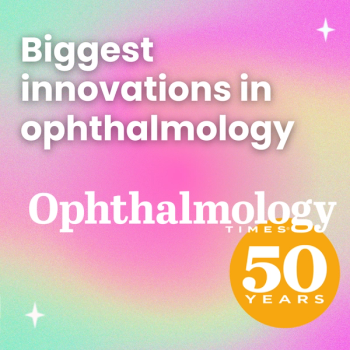
To mark Ophthalmology Times' 50th anniversary, we invited top experts to reflect on the most significant innovations in ophthalmology over the past five decades.


Vonaprument has received fast track designation from the US Food and Drug Administration.
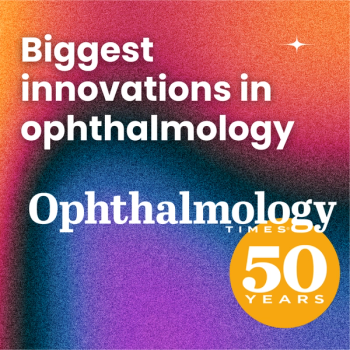
To mark Ophthalmology Times' 50th anniversary, we invited top experts to reflect on the most significant innovations in ophthalmology over the past five decades.
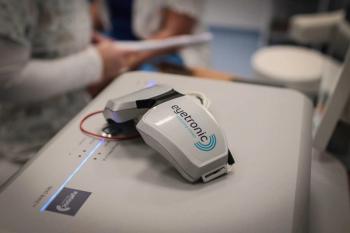
Eyetronic is a noninvasive treatment for glaucoma that provides external neural stimulation to the optic nerve of patients.
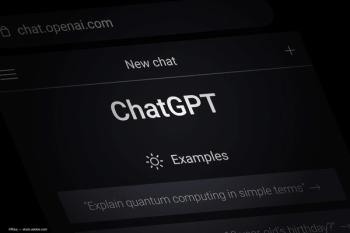
OpenAI's ChatGPT-4o enhances ophthalmological image generation, producing realistic retinal photographs while highlighting the need for further research in training datasets.
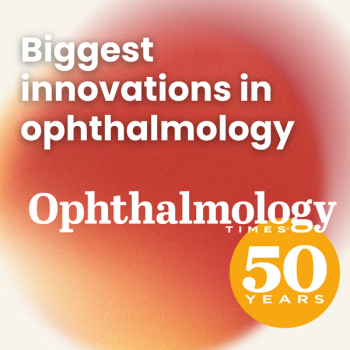
To mark Ophthalmology Times' 50th anniversary, we invited top experts to reflect on the most significant innovations in ophthalmology over the past five decades.

The primary end point of the trial was complete resolution of debris after 6 weeks of twice-daily dosing.

Funding will be specifically used to accelerate the clinical development of urcosimod (formerly called OK-101).

Pinguecula is a benign, common degeneration of the conjunctiva that appears as a grey-white-yellow mass on the bulbar conjunctiva.

Under the terms of the agreement, Kowa receives exclusive rights to develop and commercialize NCX 470 in the US and all other territories of the world excluding Japan, China, Korea, and Southeast Asia.

Loteprednol etabonate ophthalmic suspension, 0.5% is bioequivalent to lotemax ophthalmic suspension, 0.5%, of Bausch & Lomb.
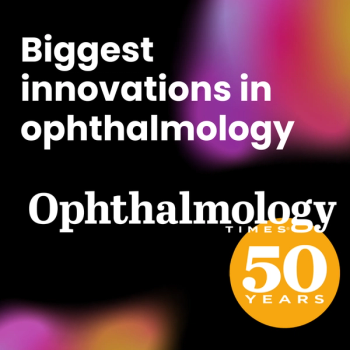
To mark Ophthalmology Times' 50th anniversary, we invited top experts to reflect on the most significant innovations in ophthalmology over the past five decades.

Urcosimod is a lipid conjugated chemerin peptide agonist of the ChemR23 G-protein coupled receptor.

Included in the agreement are ranibizumab-nuna 0.05 mL injection (BYOOVIZ), referencing LUCENTIS (ranibizumab), and aflibercept-yszy 0.05 mL injection (OPUVIZ), referencing EYLEA (aflibercept).

A Prescription Drug User Fee Act (PDUFA) target action date of December 16, 2025, was assigned by the FDA.
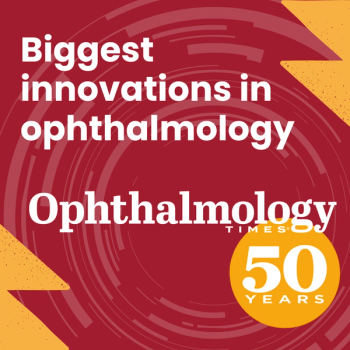
To mark Ophthalmology Times' 50th anniversary, we invited top experts to reflect on the most significant innovations in ophthalmology over the past five decades.

Krystal Biotech initiates EMERALD-1 trial for KB801, a redosable eye drop gene therapy.